Clean living – How the home hygiene trend is impacting kitchen design
Thu 7th Nov 2024 by Nicola Hanley
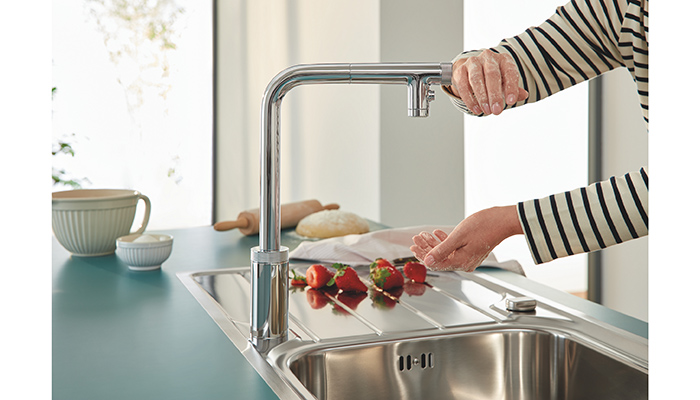
Clean living – How the home hygiene trend is impacting kitchen design
Kitchen products that prioritise hygiene and convenience are proving a hit with time-conscious consumers – Nicola Hanley takes a look at the latest launches and talks to the experts about this growing lifestyle trend.
While cleanliness might not be next to godliness for everyone, it has certainly become something of a hot topic in recent years, especially when it comes to home hygiene. There’s no question that the pandemic played a big part, particularly with the emphasis that was placed on hand washing and avoiding high-touch surfaces that can harbour germs and bacteria.
“COVID-19 opened our eyes to just how easy it is for viruses to spread, and I think this has undoubtedly had an impact in other areas, resulting in people looking to be cleaner in everything they do in day-to-day life,” says Anne Kaarlela, InSinkErator’s marketing communications & customer service manager, Europe.

“Consumers are more focused on maintaining clean and healthy kitchens, particularly since the pandemic,” agrees Jo Sargent, sales and marketing director at Franke UK. “People are paying closer attention to the surfaces they touch and the potential for germs in the kitchen. As a result, they are seeking products that improve hygiene while also offering style and functionality.”
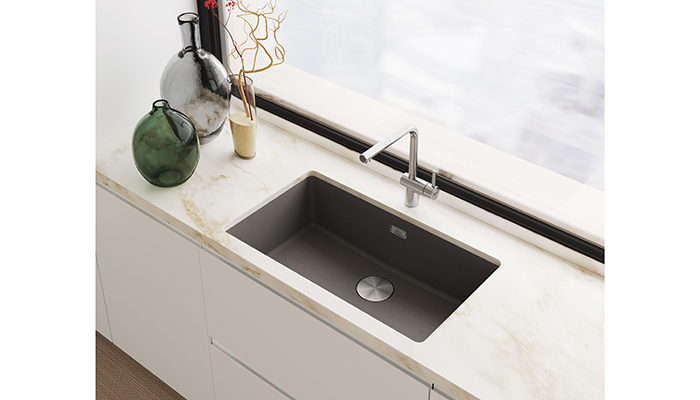
The role of social media platforms such as Pinterest, Instagram and TikTok shouldn’t be underestimated when it comes to fostering the trend, according to Elina Enqvist-Twomey, leader, product management, flushing systems, fixtures & kitchen, at Grohe UK. “Consumer education and overall greater awareness around our health and wellness has contributed to this, alongside the increased awareness around food borne illnesses,” she says. “With information at our fingertips via the internet, social media and newswires, customers are more informed than ever.”
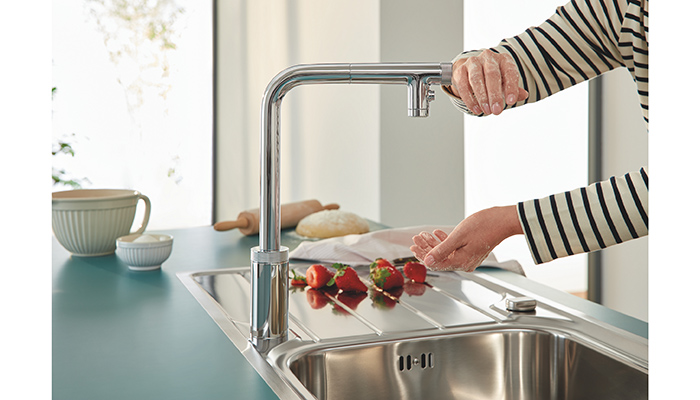
While consumers across the board have woken up to the home hygiene trend, it’s particularly prevalent among parents of young children, points out Tamsin Mills, brand communications manager at Blanco. “We’re seeing this demographic actively seeking out hygiene-focused products because they prioritise creating a safer, cleaner environment to protect their families from potential health risks.”
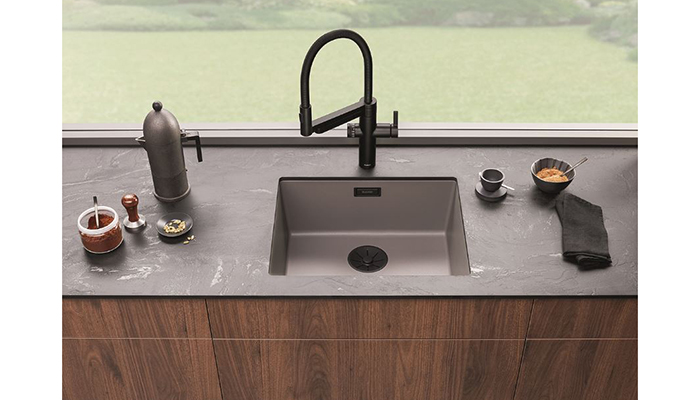
But while hygiene and style are certainly key, so too is convenience and practicality. “Consumers want solutions that help reduce the potential for bacteria and germs in the kitchen as well as products that help make light work of kitchen clean-up,” stresses Franke UK’s Sargent.

So what types of products should designers be specifying for clients looking to create easy-clean spaces that aren’t clinical? One of the most popular sink materials, stainless steel is ultra-hygienic and many granite models feature protective finishes. "Sinks that include antimicrobial technology that reduces bacteria growth are a smart choice, as they inherently promote levels of hygiene,” says Franke’s Sargent.

“Non-porous worktops are ideal,” says Simon Boocock, MD at CRL Stone. “Materials like quartz, which combine durability and easy maintenance address concerns about bacteria buildup, making them a key solution in today’s kitchens.”
Sleek and streamlined handleless kitchens, which can be easily wiped clean, are also ideal and discrete, in-cupboard waste management systems can help keep rubbish and recycling hidden behind closed doors. Food waste disposers promote hygiene and convenience, making them a “no-brainer” according to InSinkErator’s Kaarlela.
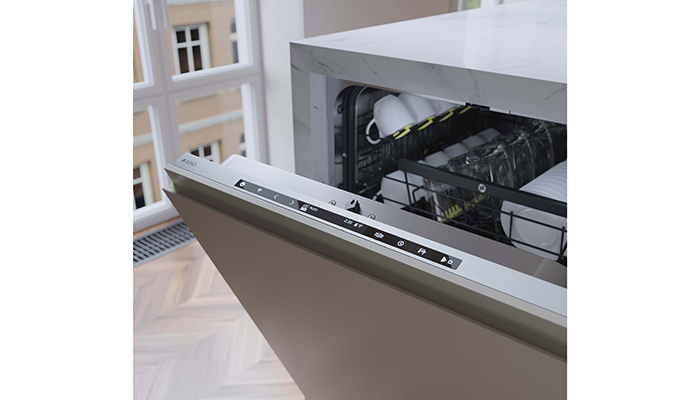
The development of smart technology is playing an ever bigger role too, with touch-free taps now available from a range of brands including Franke, Blanco and Clearwater. “This feature is particularly beneficial when handling raw foods or after cooking, as it allows users to wash their hands without touching potentially contaminated surfaces,” says Blanco’s Mills.
“Smart-enabled lighting solutions, which are integrated into kitchen furniture, are also proving popular as they offer touch-free control via digital assistants like Alexa,” notes Matt Phillips, head of UK operations at Rotpunkt.

Appliances are playing their part too, with many washing machines offering cleaning programmes that can remove bacteria from clothes, dishwashers with sterilise functions and ovens that utilise steam to to make cleaning easier. “Ventilation is another critical area often overlooked. Extractors that efficiently filter out grease, smoke, and airborne particles help maintain cleaner air in the kitchen. Additionally, induction hobs can be a more hygienic option than traditional gas hobs because their flat, smooth surfaces are easier to clean which means less grease and grime build-up,” says Tom Hopper, kitchens manager at Miele GB, who believes the trend is here to stay. “I think the focus on hygiene in the kitchen will only grow stronger, especially as more people seek out products that combine hygiene with sustainability. We’re also likely to see more smart technology being integrated into appliances, making it easier to manage cleanliness remotely.”
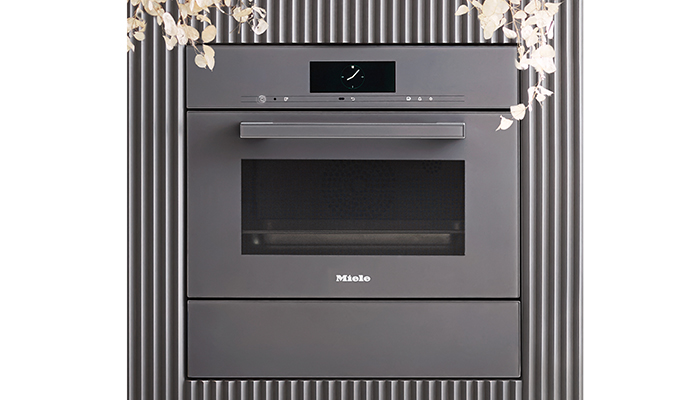
Blanco’s Mills agrees. “The trend for hygiene in the kitchen is set to continue to evolve with a strong emphasis on technology and smart materials that prioritise cleanliness and safety. The market can expect to see further developments in hands-free, sensor-based technologies as well as materials with built-in antimicrobial properties. Kitchen designers already have a wealth of options to choose from when looking to optimise hygiene in the kitchen, and the integration of yet more smart technology will make maintaining hygiene more convenient and effective for homeowners.”
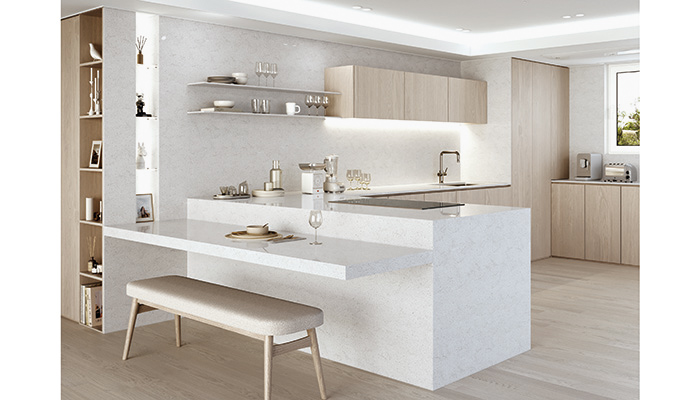
Tags: kitchens, features, hygiene, grohe, franke, insinkerator, miele, blanco, asko, crl stone, rotpunkt, lg hausys, clearwater


























